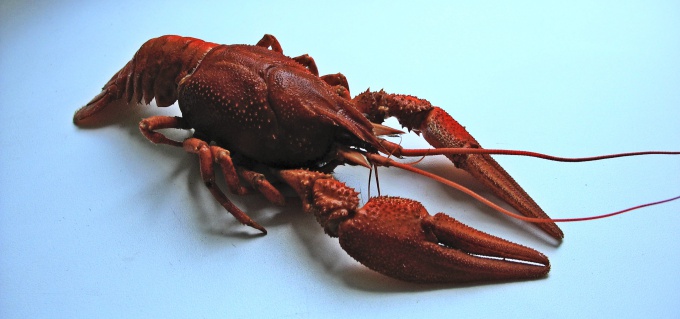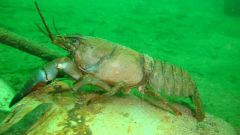You will need
- - several major cancers for comparison.
- - information about the characteristics of the types of arthropods.
Instruction
1
Consider the body shape of adult cancer in the position of the top shell. Typically Mature (i.e., three to four years old) the males differ from their contemporaries from more impressive in size. In particular, they have large claws - aggressive males is a powerful weapon of defense and attack. The cephalothorax of males cancer is also quite large; further, their body gradually begins to narrow and ends in a narrow tail (or "neck").
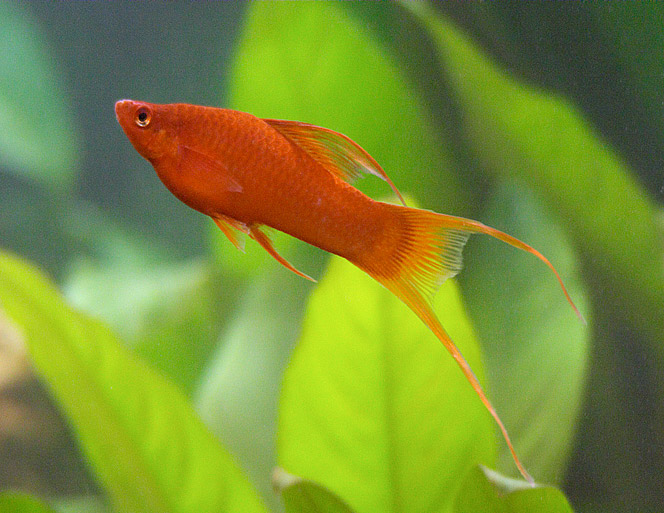
2
Try to identify female cancer by some external signs. The adult "women" should be small claws and cephalothorax, while it has a fairly wide (barrel-shaped) tail, it is designed to provide protection for developing eggs.
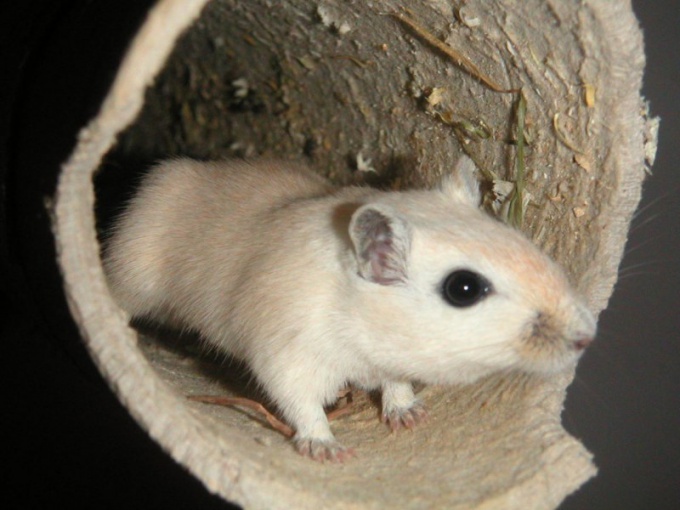
3
Arthropod flip the top of the abdomen and carefully look at his feet. For males you can see additional anterior pair of abdominal legs ("pseudopods") - they remind of the tube forward to the cephalothorax. Of them formed copulatory organ – gonopodia. In females, these limbs are usually underdeveloped, and some of the arthropods crayfish of the family are absent.
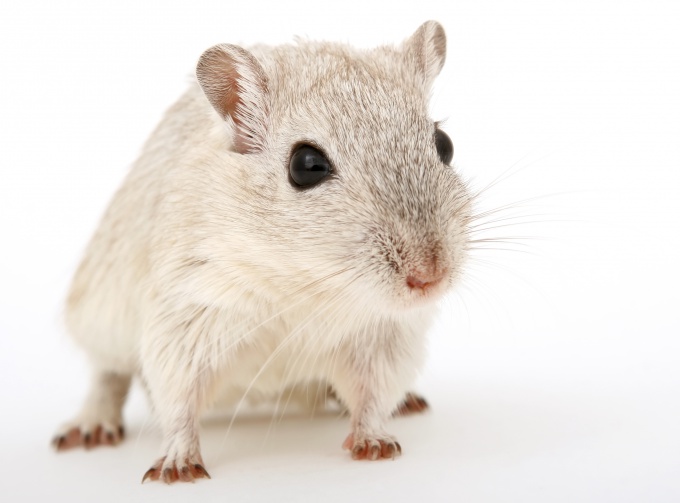
4
Near the fifth pair of limbs of cancer-males have sexual eye; in females it is located at the base of the third pair of legs.

5
In September you can find arthropod male strongly enlarged samapatti – they look like thick curly straws white. If across the tail stretch bright streaks of mucous, you Mature female, ready to lay their eggs.
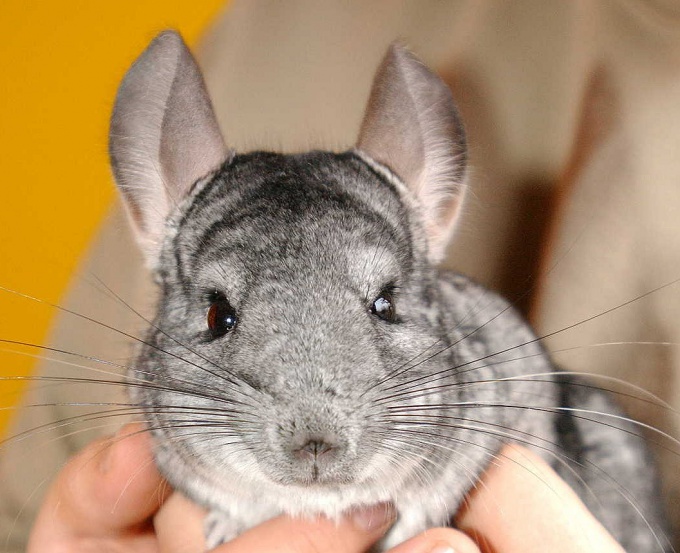
6
In the period from October to November of cancers living in the middle zone of Russia, is usually in full swing during the breeding season. Under the "neck" of fertilized females can appear (and evolve to may-June) adhering to the veins of the future crayfish. During this time, you can buy from sellers of valuable human commodity – the female cancer with the "neck" is filled with delicious caviar.
Useful advice
To correctly distinguish the female and the male cancer, it is useful to study the special literature on arthropods. When observing them under natural conditions, it is possible to distinguish males for greater mobility and aggressive behavior. They fight among themselves for leadership and food. As a rule, in such cases, the female always leaves the battlefield to find their own food elsewhere.
